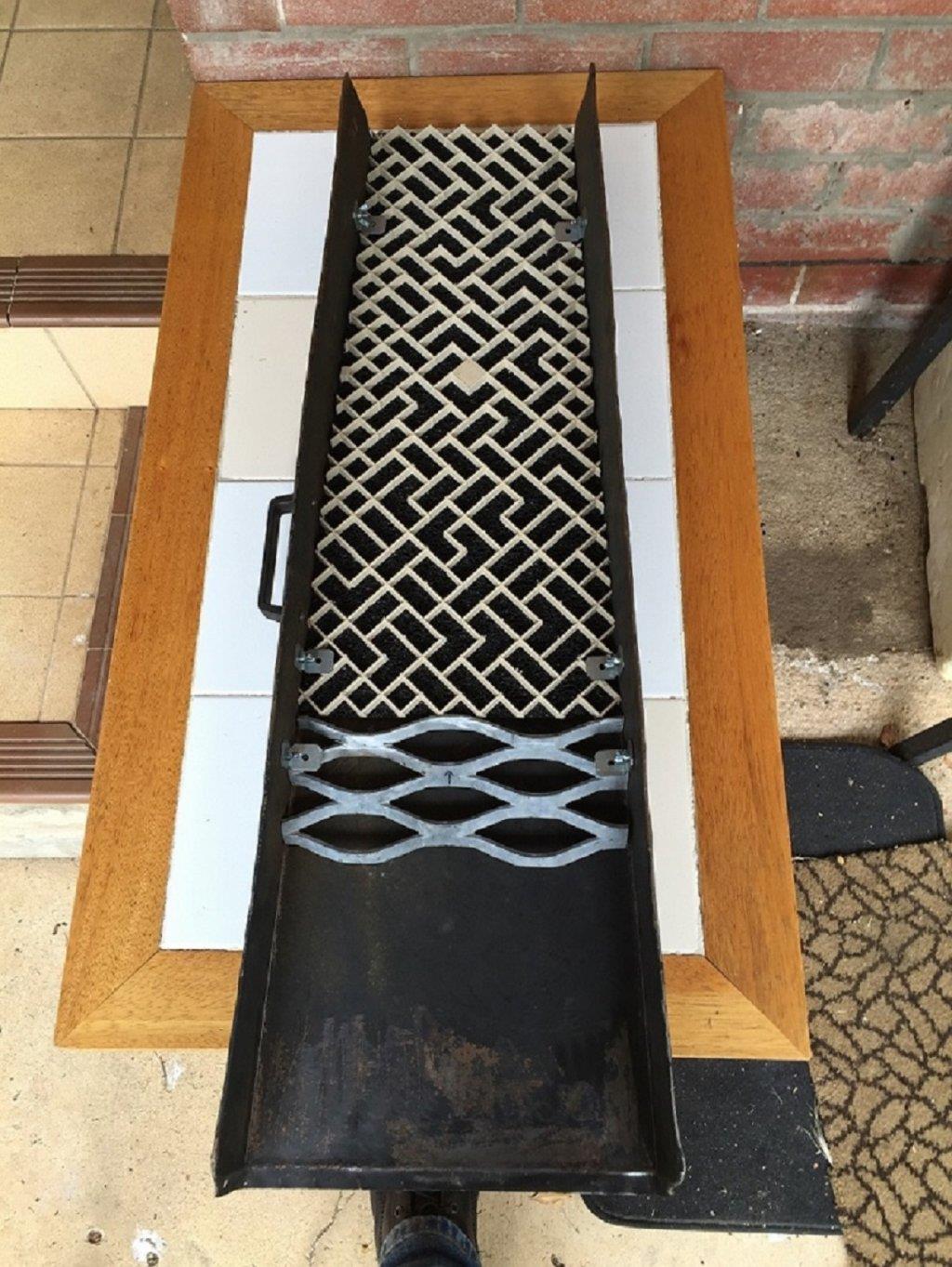Got a photo of the homemade box Eldorado? Looks like all the info needed has been said already 
River sluices are a bit time consuming having to manual sieve. I'd probably end up putting a wooden shaker at the head with a handle for painless classifying straight into the sluice. A handle which would hinge the bigger rocks off to the side too.
That walbanker main screen they use ( elec wire shelving? ) would be great on a river sluuce as long as it didn't stop the vortex action of the riffles. You would be able to simply shovel rock straight onto the river sluice and rake the roaks off
Hopefully before long you get a pump so you can begin some h.banking or easier digging mate
River sluices are a bit time consuming having to manual sieve. I'd probably end up putting a wooden shaker at the head with a handle for painless classifying straight into the sluice. A handle which would hinge the bigger rocks off to the side too.
That walbanker main screen they use ( elec wire shelving? ) would be great on a river sluuce as long as it didn't stop the vortex action of the riffles. You would be able to simply shovel rock straight onto the river sluice and rake the roaks off
Hopefully before long you get a pump so you can begin some h.banking or easier digging mate




